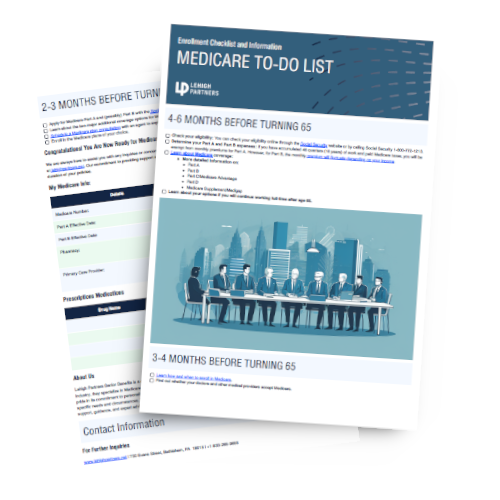Short answer
There are four parts of Medicare: Part A, Part B, Part C, and Part D.- Part A provides inpatient/hospital coverage.
- Part B provides outpatient/medical coverage.
- Part C offers an alternate way to receive your Medicare benefits (see below for more information).
- Part D provides prescription drug coverage.
The first hurdle many people face when deciding about Medicare coverage is simply understanding how the various parts fit together. Traditional Medicare, also known as original Medicare, has two parts:
- Part A covers hospitalization and is typically premium-free.
- Part B covers outpatient care, including doctor visits, and has a standard monthly premium of $153.30 for 2021, although higher-income people pay more.
You can choose any doctor who accepts Medicare, and most do. The government pays health care providers directly.
- Part C is Medicare Advantage. Rather than add to the other parts of Medicare, however, Medicare Advantage plans replace them. Insurers that offer Medicare Advantage are required to provide all the benefits of Part A and Part B, and most plans include Part D drug coverage as well. In addition, the plans typically cover certain expenses that Medicare doesn’t, such as hearing, vision and dental care.
Most Medicare Advantage enrollees in 2020 paid no additional premiums for their coverage, other than their regular Part B premiums, according to the Kaiser Family Foundation, a health research group. But Medicare Advantage can be more expensive if you get sick because copays and other costs can be higher. Medicare Advantage can cover Original Medicare Parts A and B but limits you to a specific group of healthcare providers you can see (HMO or PPO networks). The Advantage plan provider has their network with specific doctors, facilities, and suppliers. Since plan providers determine their own rules and costs, if you see someone outside of the network, you could pay up to the full-cost for the service.
- Part D is prescription drug coverage, which is provided by private insurers. The drugs that are covered and the amounts you pay out of pocket vary widely.
Traditional Medicare has deductibles, copays and coinsurance that can quickly add up. To cover these gaps, private insurers also offer supplemental plans known as a Medicare supplement.
The plans are known by letters A through N. Each lettered plan has its own set of benefits. These lettered plans are standardized meaning that no matter what company you purchase your supplement through it will offer the exact same coverage as any other supplement with the same lettered name. The only difference being price. As with traditional Medicare, you can choose any doctor who accepts Medicare.
Deciphering the alphabet soup is one thing, but it still doesn’t answer the other big Medicare questions. Which do I need? When should I sign up? What if I’m still working when I turn 65? How much does it all cost? It can be very overwhelming. To help with this confusion, we offer our clients Medicare education and action items based on their personal situation to equip them for their next steps. If you’re wondering what your next steps are, we can help. Contact us today for a free consultation.

